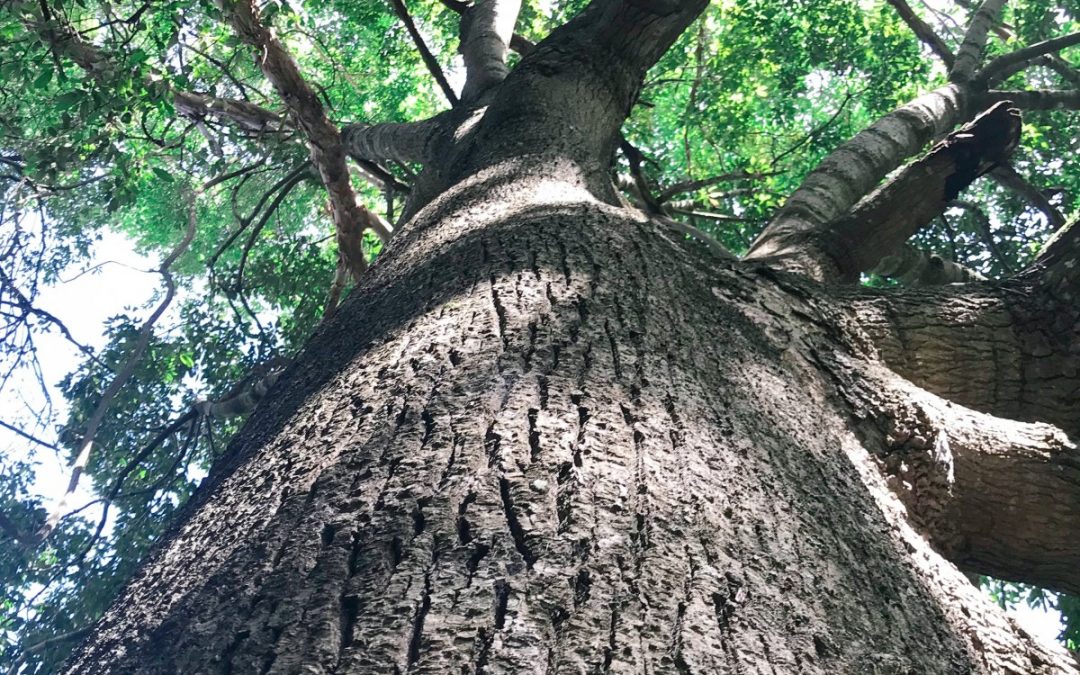There is an extremely endangered tree that only exists in a tiny part of the Gold Coast. With just 121 adult trees remaining, it is so rare, it is at crisis point! Nature warrior David Cuschieri explains the situation and how you can help.
The Ormeau bottle tree, the Gold Coast’s very own tree, is found nowhere else on earth. It is a seriously endangered tree. There are only 121 mature individuals existing in the wild. They are so rare that they only live in a space that’s just one square kilometre in size! And they are found nowhere else on the planet!
Currently, some dedicated Gold Coast residents are trying to bring the Ormeau bottle tree back from the brink of extinction. These organisations desperately need a whole slew of volunteers.
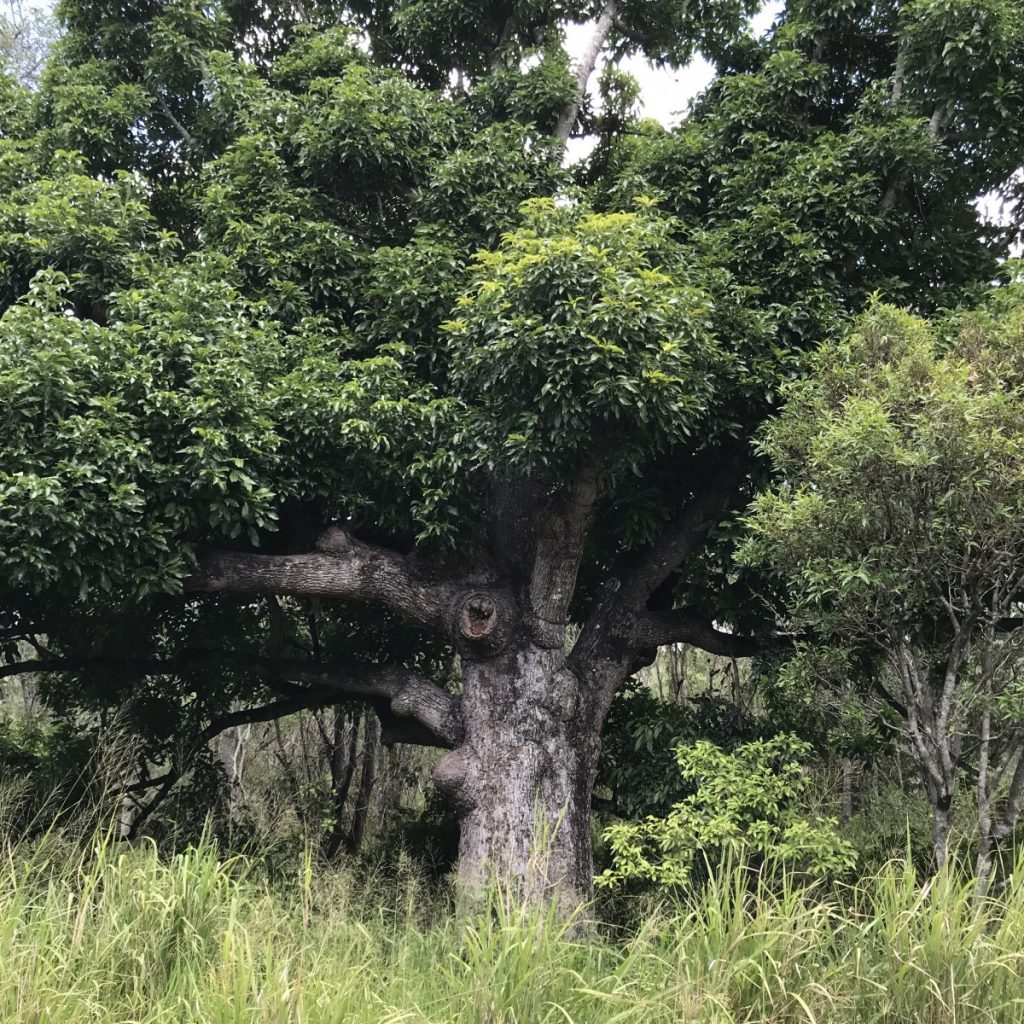
An old specimen of Ormeau bottle tree in Kingsholme.
The Backstory
There is a fascinating world beyond the glitter strip to explore. The hinterland with its World-Heritage-listed national parks makes the Gold Coast one of the most bio-diverse region in Australia. It has more than 1,800 plant species. Of these, 93 of are listed as endangered, vulnerable, or rare. On this rare list is the critically endangered Ormeau bottle tree.
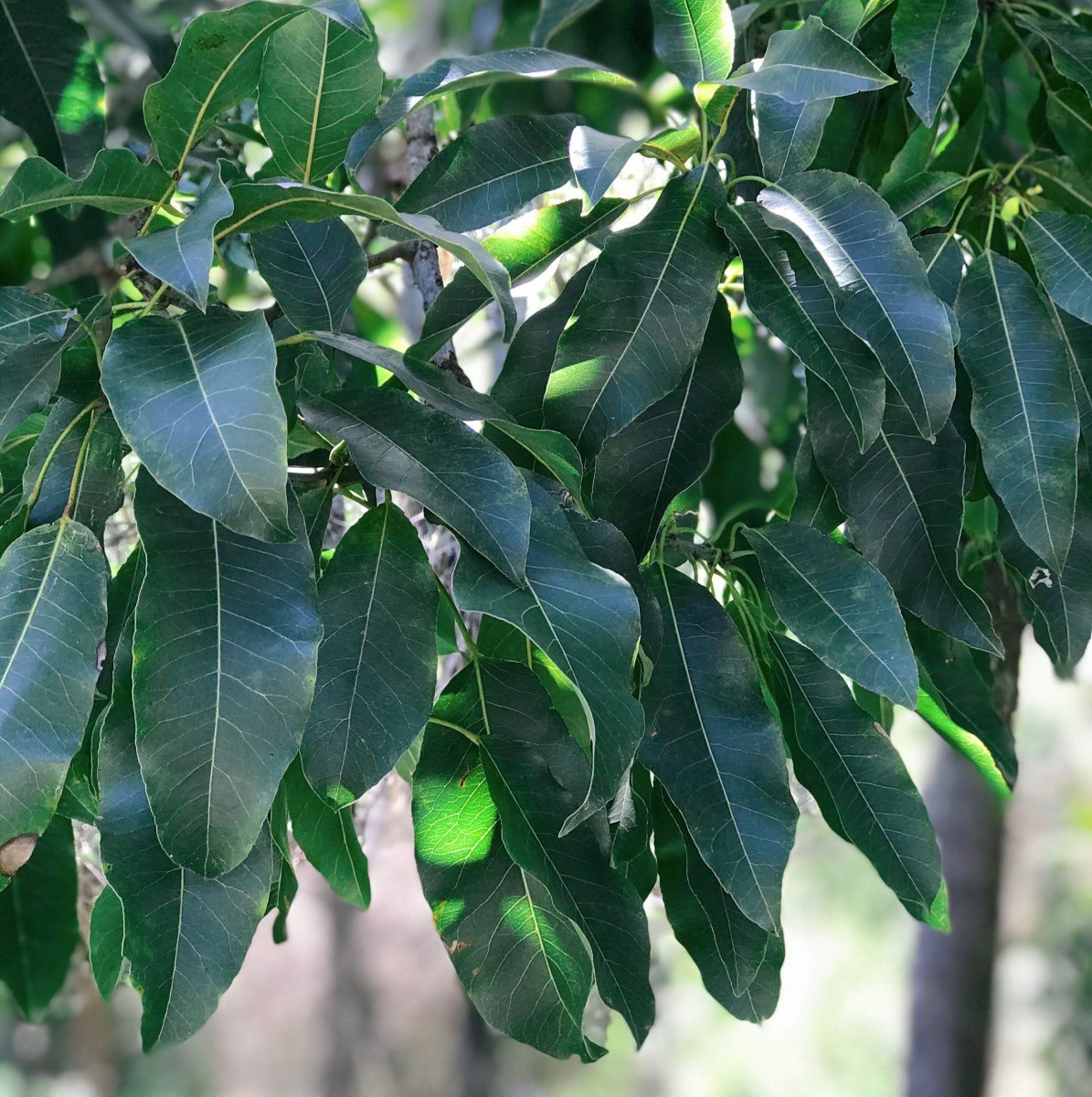
Leaves from the old specimen in Kingsholme. Notice the oval shaped leaves are very different to the leaves of younger trees.
Gold Coast’s Iconic Ormeau Bottle Tree
Unlike our iconic cute and cuddly animal species, our unique and interesting plants often go unnoticed by most of the population. Yet they are just as special and deserve our awareness and protection. The Ormeau bottle tree is so rare that it only grows in the Upper Pimpama and Albert River Catchments of the Darlington Range. We need to keep an eye on this endangered tree.
While the entire population consists of just 121 adult trees, there is hope. There are approximately 560 juveniles. These numbers are according to Paul Donatiu and Liz Gould from Healthy Land and Water. In 2019, they surveyed the health of the population and conducted a series of habitat mapping across private and public land. This is a positive sign. It is believed that birds are spreading the seeds, and the endangered tree is beginning to expand its range.
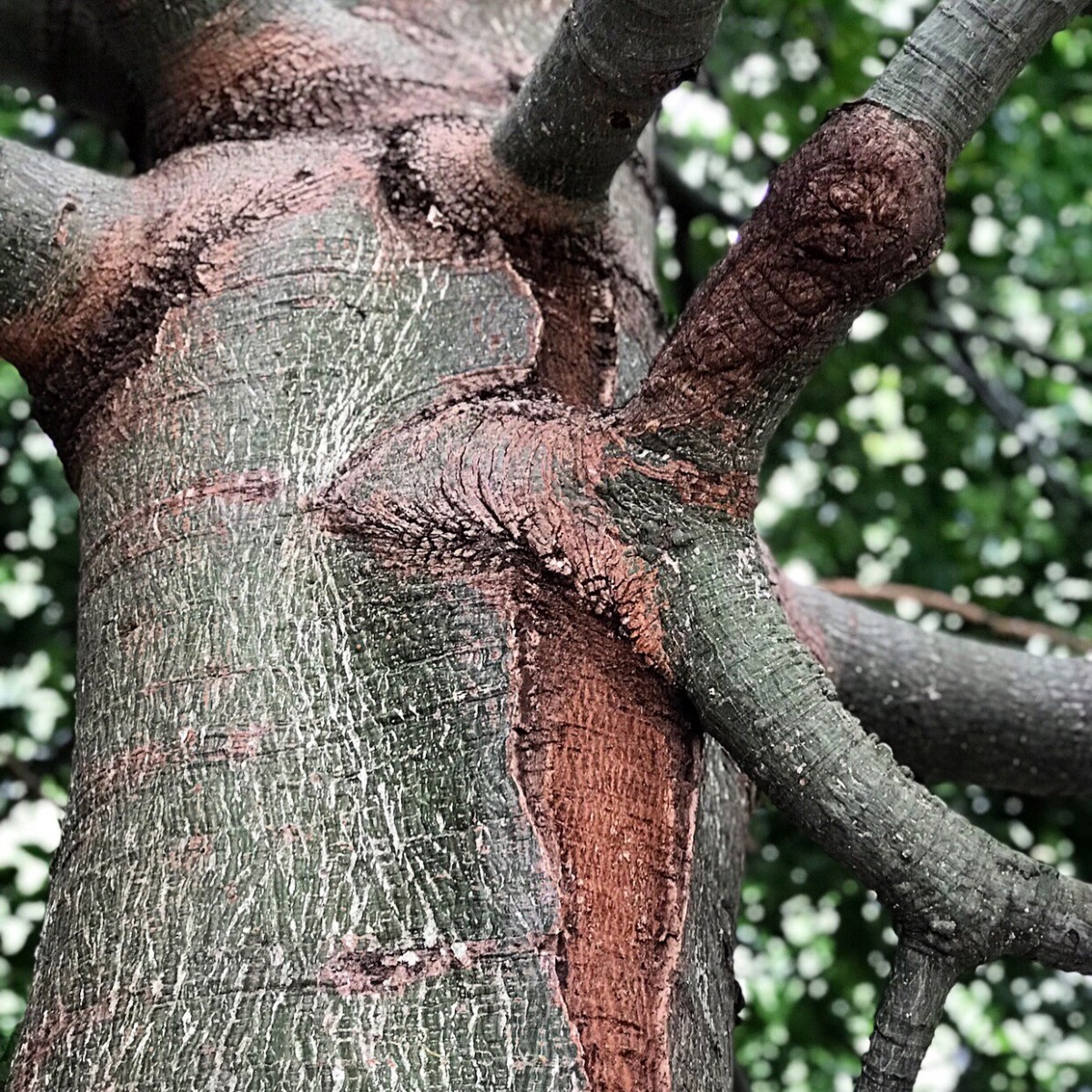
This magnificent tree was rescued from a development site and moved to the Gold Coast Regional Botanic Gardens in 2009
Habitat
The mature individuals of this dry rainforest tree have a distinctive canopy. They grow in riparian rainforest, occurring near small streams, deep gullies, and rocky gorges. Here in these moist pockets or refugia areas, they are protected from the threat of fire and extended dry periods. They prefer undisturbed rainforest habitats with few weeds.
The Ormeau bottle tree, or Brachychiton sp. Ormeau is thought to live for over 100 years. It grows to a height of 25 metres and has glossy leaves which are usually elliptical and 12-20cm long. I myself have grown Ormeau bottle trees and the juvenile trees have narrow leaves with 5-9 lobes. The very young leaves start out as distinctive pink starfish-shaped gloss leaves and the smaller leaves start out a deep crimson in colour.
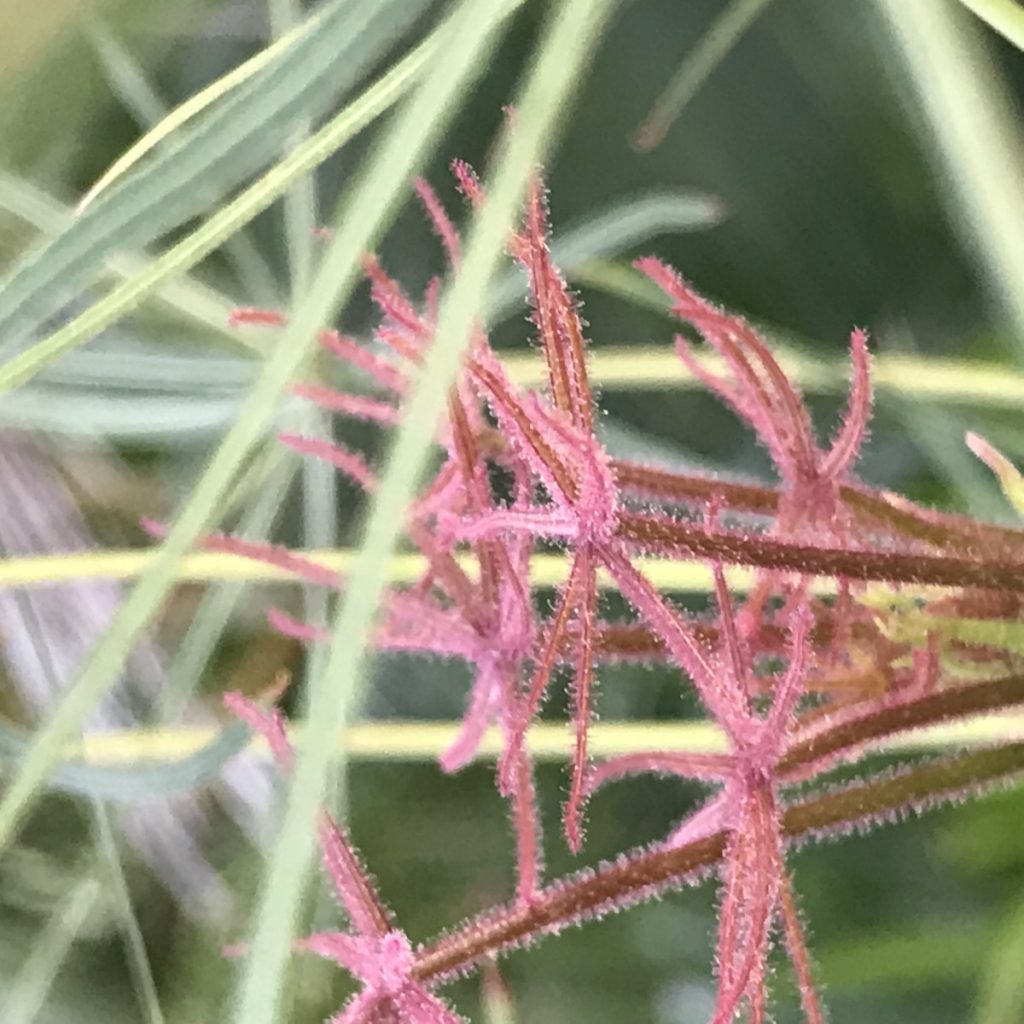
The very first shoots of a young specimen I have been growing with its crimson starfish-like hairy leaves.
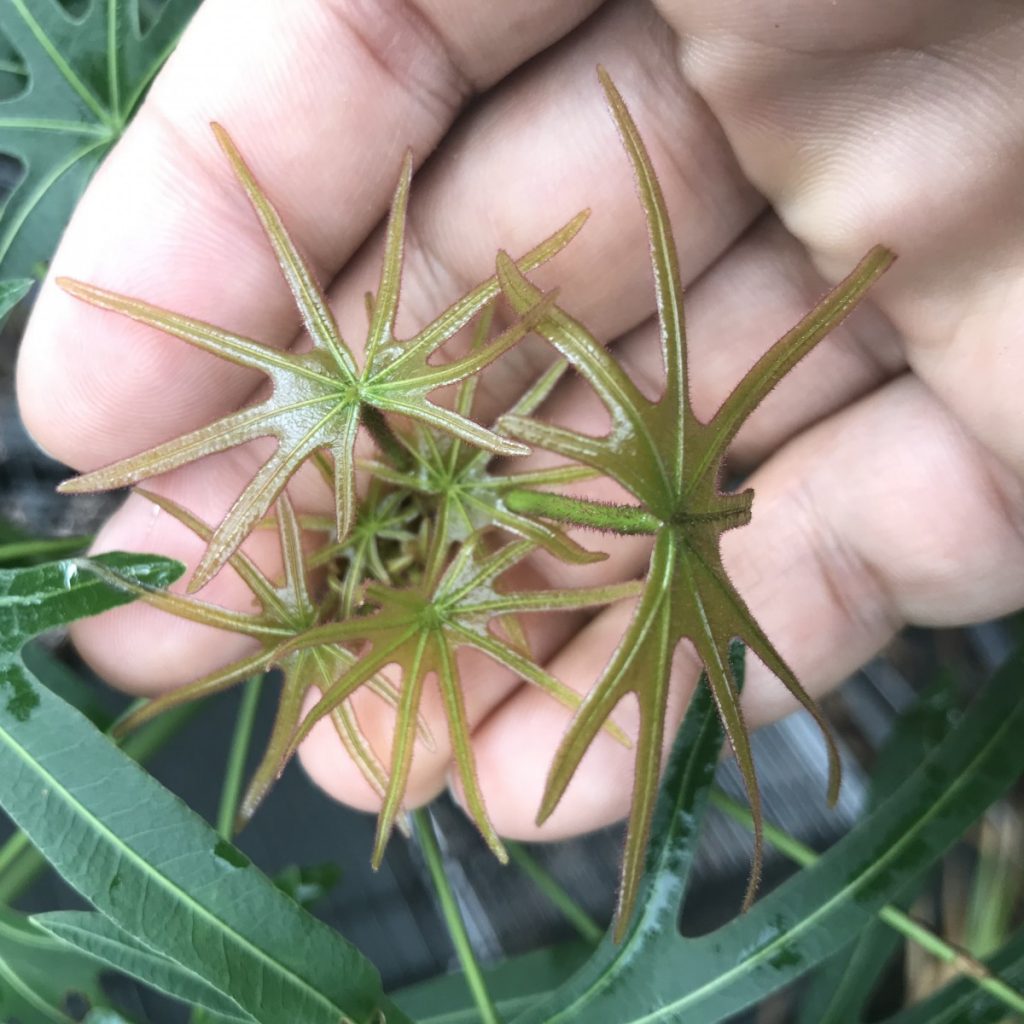
The crimson leaves turn light green after a few days and as they grow they turn a darker shade of green.
What to Look For
Paul Donatiu and Liz Gould have observed that trees growing in moist protected environments grow straight and tall. Those that were out in the open exhibited more of the distinctive swollen, bottle-like trunk appearance. They added that the species was not formally described until the 1990s, when it was discovered to be a new distinctive species.
One of the distinguishing features that made it unique was the numerous greenish-white bell-shaped flowers that grow at the end of branches. Other species of bottle tree don’t have flowers of this colour.
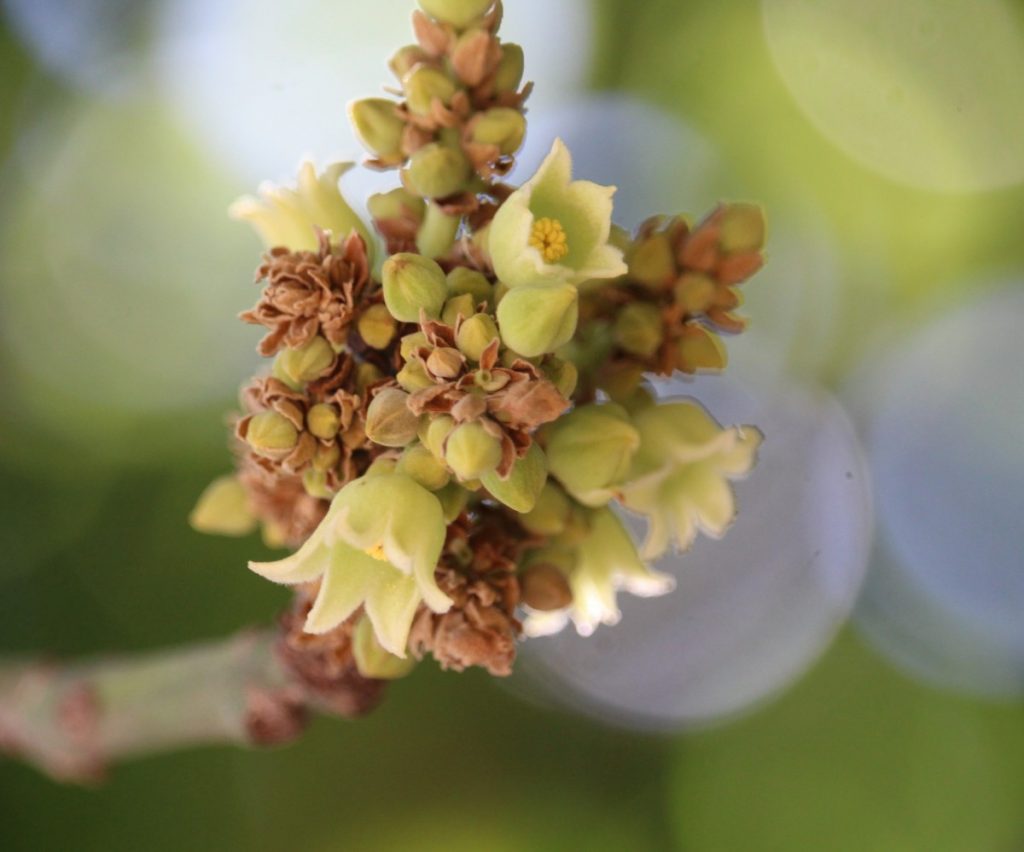
After a long wait, the critically endangered Brachychiton sp.Ormeau at the Gold Coast Regional Botanic Gardens was in bloom late 2019. The flowers produced seeds, helping to conserve the tree. Credit K. Heffernan.
Threats
Because of its low population and being found in such a small restricted area, the Ormeau bottle tree faces many threats for its very survival. The main threats are extractive industry, invasion of habitat by weeds, lack of genetic diversity and changing climate.
With such a small and restricted population combined with the likelihood of extended periods of drought and dry conditions, these juvenile trees are at risk of more frequent fires. These long-lived trees take over 20 years to reach sexual maturity. It is plausible that a single fire event could wipe out the entire juvenile population.
The good news is that now the Ormeau bottle tree is protected under the Commonwealth Environment Protection and Biodiversity Conservation Act 1999 and the Queensland Nature Conservation Act 1992. This means all efforts must be made to conserve individual trees and their habitat. Permits are required to collect seeds and cuttings.

A mature specimen growing in a moist rainforest environment along the Pimpama River in Kingsholme
What Is Being Done To Save Them?
Just under a year ago at Boral Park in Kingsholme, Healthy Land and Water launched the Ormeau Bottle Tree Project. It was built on existing and long-standing collaborations and activity by local community groups. These included North East Albert Landcare and Friends of Ormeau Bottle Tree and land managers from the City of Gold Coast, Queensland Parks and Wildlife Service, Boral and Holcim.
Chatting with Sue Durance from North East Albert Landcare, I discovered that this group has been instrumental in the Ormeau Bottle Tree Project undertaking the ‘on the ground ‘work for this project. In conjunction with Healthy Land & Water they identified properties which contained naturally occurring bottle trees. They then carried out fire and weed control and revegetation activities to encourage natural revegetation and the potential for natural recruitment.
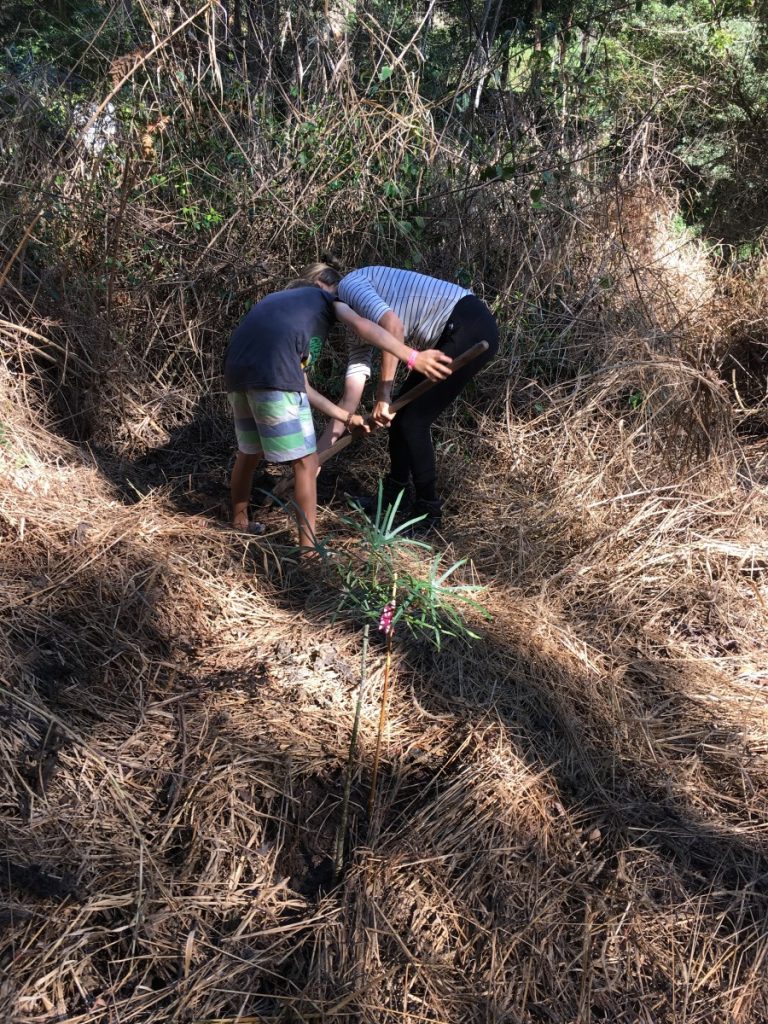
North East Albert Landcare restoring Ormeau bottle tree ecosystem.
A Challenging Future
Most recently NE Albert Landcare has been provided with funding through the Communities for Environment Program to continue this work to protect and conserve the Ormeau bottle tree. Sue added that the surrounding area where the Ormeau bottle tree occurs is rich in biodiversity and contains some other very rare and endangered plant species.
The Ormeau bottle tree has a challenging future, however, with individuals and organisations working together, this Gold Coast natural treasure may well be saved from the brink of extinction. It’s heartening to know that with the passion, dedication and energy of many people, this Gold Coast botanical gem is in good hands. If you, like me, have become obsessed with this unique Gold Coast botanical treasure and are interested in learning more or getting involved in its conservation, then here are some ideas.
Visit A Rare Tree
There are a few Ormeau bottle trees planted in public areas that are easily accessible and where you can see these beauties in the flesh.
Gold Coast Regional Botanic Gardens.
This specimen is over 8 metres high. You’ll be able to see what the mature leaves look like. If you are lucky you may get the chance to see it in flower.
The Botanic Gardens Friends volunteer guides lead walks around several endangered species. There is also a self-guided endangered plant trail. Visitors can pick up a trail map at the Friends Centre between 10-2 every day.
Gold Coast Historical Museum
You can visit ‘Arthur’ the Ormeau bottle tree sapling at the Gold Coast Historical Museum at 8 Elliott Street, Surfers Paradise. Arthur was named after a Gold Coast koala. This reminds us that when we all work together for a common cause, even our precious koalas can be saved from population decline and ultimately extinction. There is currently an opportunity for an individual, organisation or business to sponsor this rare and endangered tree if you are quick! Please contact the Museum if you are interested.
Griffith University Gold Coast Campus
You can also stop in at the Griffith University Gold Coast Campus. Each year, Catherine Pickering, the Professor of Botany from the Griffith School of Environment holds the Rare and Threatened Plant Walk on the Gold Coast campus. This is to highlight both the beauty and fragility of native plants in the region. On this walk you will be able to discover several Ormeau bottle trees planted on the grounds.
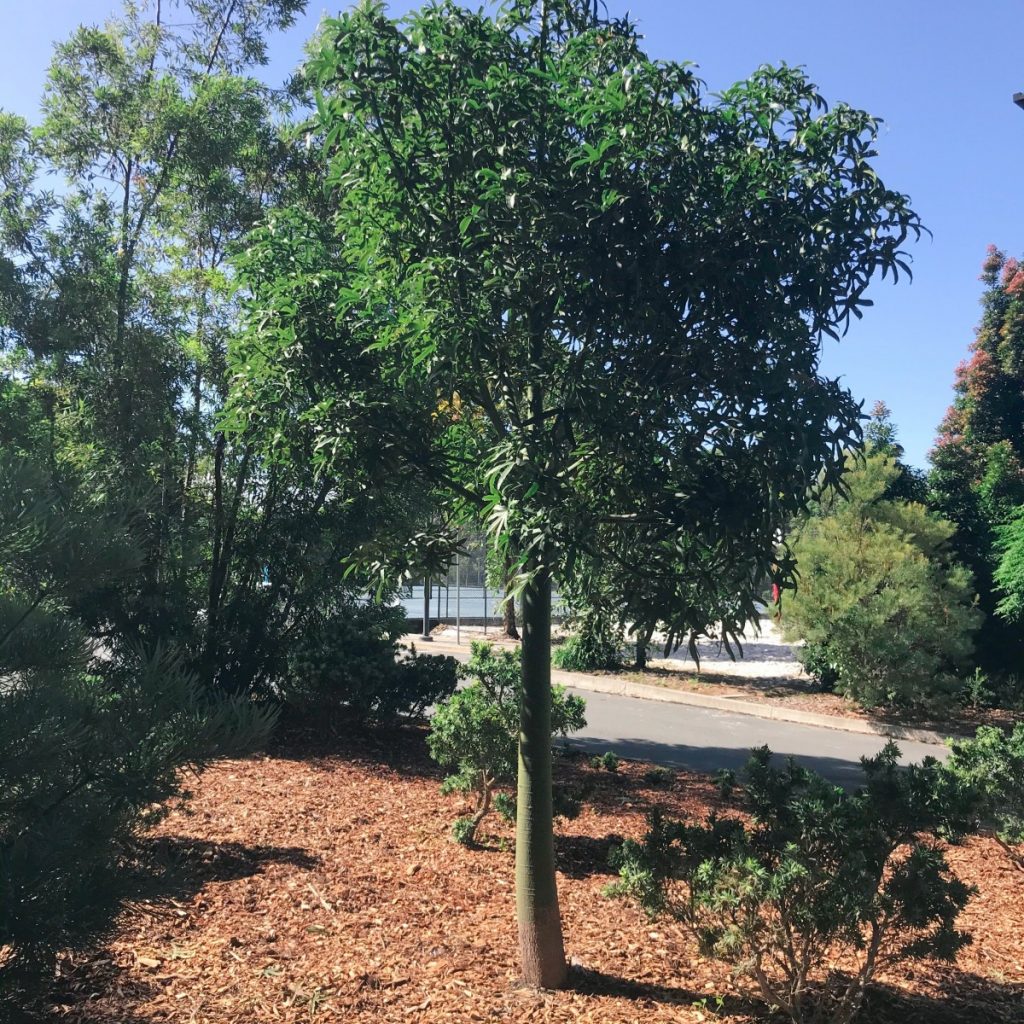
One of multiple Ormeau bottle trees growing in the rare and endangered plant collection at the Griffith University Gold Coast Campus.
For those who can’t make the annual walk, an interactive tour is also available year-round at the Gold Coast campus starting at the Red Zone in G40. An existing app, Grows at Griffith, is also available to make it easier to identify native plants on the campus. Griffith University encourages visitors to come visit their campus.
How to Follow the Issue
Join the Facebook Friends of Ormeau Bottle Tree for news and future events. You can also donate your time. North East Albert Landcare Group wants you to join up and get your hands in the dirt with outdoor activities to restore habitat for this species. You can also donate your cash. Email: s.durance@bigpond.com
The Watergum not-for-profit organisation helps the community engage in real, on-ground work to restore, maintain and protect the natural environment. Go to their website at watergum.org to learn more about their events, citizen science, workshops and events. ■
Author
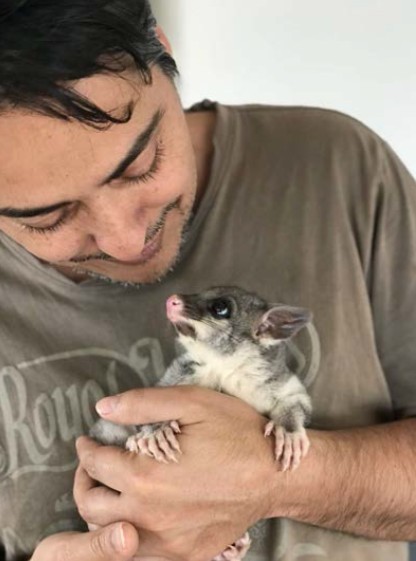
David Cuschieri with Bailey the orphaned brushtail possum
DAVID CUSCHIERI is a Gold Coast resident with a keen interest in our unique wildlife and natural environment and their conservation. As well as fighting for an endangered tree, he’s also a koala campaigner. With his wife Heidi, they are Wildcare volunteer koala rescuers, having attended over 100 rescues in 2019 alone. In late 2019 he launched Koalas On The Green, a pilot program at Arundel Hills Country Club which was auspiced by Gecko Environment Council and funded by a Federal Communities Environment grant.
The goal has been to help enhance and extend habitat and food sources for Gold Coast urban koalas on golf courses. Golf courses are often the largest privately owned tracts of land in our suburbs and they provide valuable habitat, food sources and ‘koala superhighways’ for koalas to travel safely through a suburb and reduce the threat of vehicle strikes or dog encounters. To learn more about this project go to Koalas On The Green on Facebook.
Like nature stories? Then how about this one?

Editor for Silver Magazine Gold Coast
